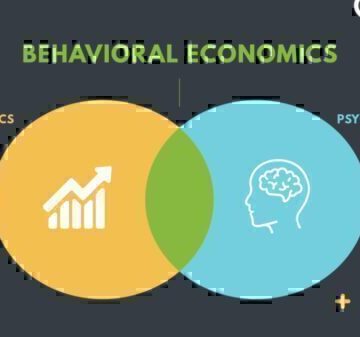Before deep diving into reverse mortgage resources online, it can help to understand the basics.
A reverse mortgage is a loan against the equity in your home that you don’t pay back as long as you live there. Seniors at least 62 years old can turn the value of their home into cash without having to move or to repay a loan each month. The cash from a reverse mortgage can be paid in several ways:
- A single lump sum of cash
- A regular monthly cash advance
- A credit line account that lets you decide how much of your available cash is paid to you
- A a combination of these payment methods
You often don’t have to pay anything back until you die, sell your home, or move out of your home. To be eligible, you must have enough home equity and be 62 years of age or older.
Most reverse mortgages are home equity conversion mortgages (HECMs). HECM loans are insured by the U.S. Department of Housing and Urban Development (HUD) and the Federal Housing Administration (FHA).
How Reverse Mortgages for Seniors Work
You don’t make monthly repayments. So you don’t need a minimum amount of income to qualify. You could have no income, and still be able to get a reverse mortgage. Reverse mortgages often require no repayment for as long as you or any co-owner live in the home. The lender sends you cash and you make no repayments. As your debt grows, your equity shrinks, unless your home’s value is growing at a high rate. Reverse mortgage borrowers want to spend down their home equity while they live in their homes, without having to make monthly loan repayments.
Homeownership
You remain the owner of your home. So you are still responsible for paying taxes and homeowner insurance. When the loan is over, you or your heirs must repay all of your cash advances plus interest. Honest lenders don’t want your house; they want repayment.
Fees On Reverse Mortgages for Seniors
You can use the money you get from a reverse mortgage to pay fees that are charged on the loan. This is called financing the loan costs. The costs are added to your loan balance. Then you pay them back plus interest when the loan is over. HECM loan costs include the following fees:
- origination fee
- third-party closing costs
- mortgage insurance premium
- servicing fee
- interest
Mortgage Insurance Premium (MIP)
A mortgage insurance premium is charged on all HECM loans. The cost is charged in two parts:
- 2% of your home’s value is charged at closing
- 0.5% is added to the interest rate charged on your loan balance
HECM insurance secures your loan advances. It makes sure you don’t have to repay the loan as long as you live in your home. The insurance also makes sure that your total debt can never be more than the value of your home.
Loan Amounts
The amount can get depends on the specific program you select. It also depends on the kind of cash advances you choose. Some reverse mortgages cost a lot more than others. This reduces the amount of cash you can get from them. Within each loan program, the cash amounts you can get generally depend on your age and your home’s value. The older you are, the more cash you can get. And the more your home is worth, the more cash you can get. The specific amount may also depend on interest rates and closing costs on home loans in your area.
Debt Payoff
The debt you owe on a reverse mortgage equals all the loan advances you receive, plus interest. If that amount is less than your home is worth when you pay back the loan, you keep the amount left over. But you can never owe more than what your home is worth. This cap on your loan balance is called a “non-recourse” limit. It means that the lender does not have legal rights to anything other than your home’s value. The lender may not seek repayment from your income, your other assets, or your heirs.
Reverse Mortgages for Seniors Counseling Requirement
Counseling is a mandatory part of the reverse mortgage application process. HUD certifies counselors around the country to give impartial education about reverse mortgages. The goal is to help borrowers assess whether a reverse mortgage is the right choice for them. Counseling can be done over the phone or face-to-face. Sessions often run from 60-120 minutes. After the counseling session, the counselor will mail a signed copy of the HECM Counseling Certificate to the homeowner. This certificate is presented to the lender with the reverse mortgage application.
Repayment
A HECM loan must be repaid in full when the last surviving borrower dies or sells the home. It also may become due and payable if you permanently move to a new principal residence, fail to pay property taxes or homeowner’s insurance, or allow the property to deteriorate and fail to correct the problem.
GreenPath Financial Service
Housing Counseling
Do you have questions about housing? Should you buy a home? Refinance your house? What if you can’t make your mortgage payments? Or your credit isn’t great? GreenPath can help.










